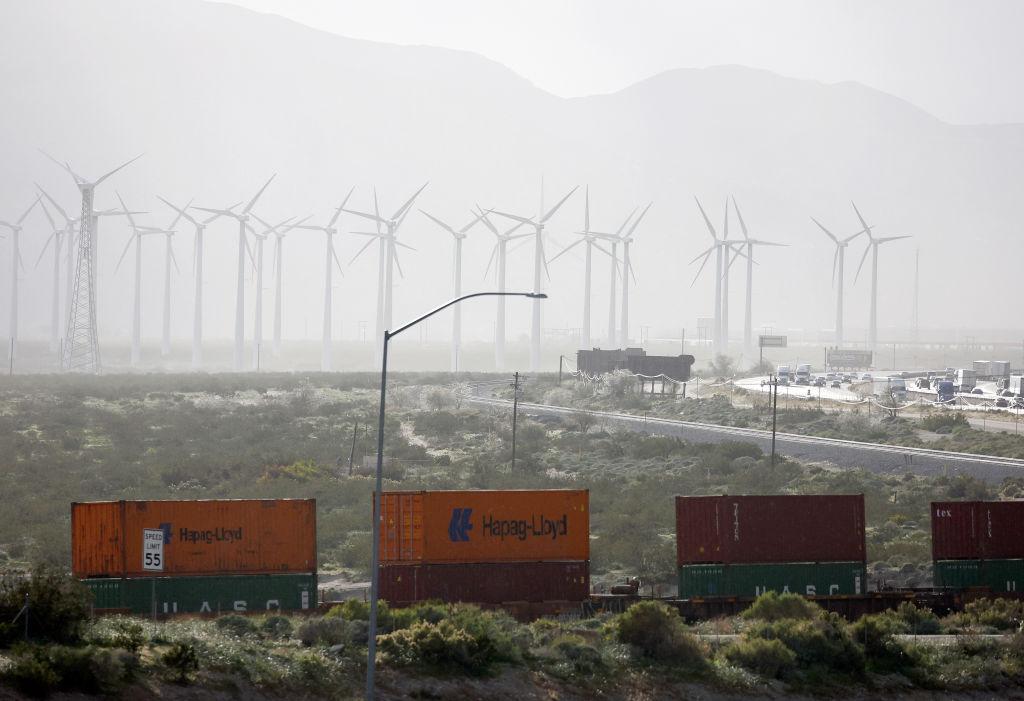Australia will cooperate with the U.S. state of California to tackle climate change and facilitate the adoption of renewable energy.
The Australian government has signed a Memorandum of Understanding with California, which provides a framework for cooperation on climate action and ecosystem protection.





